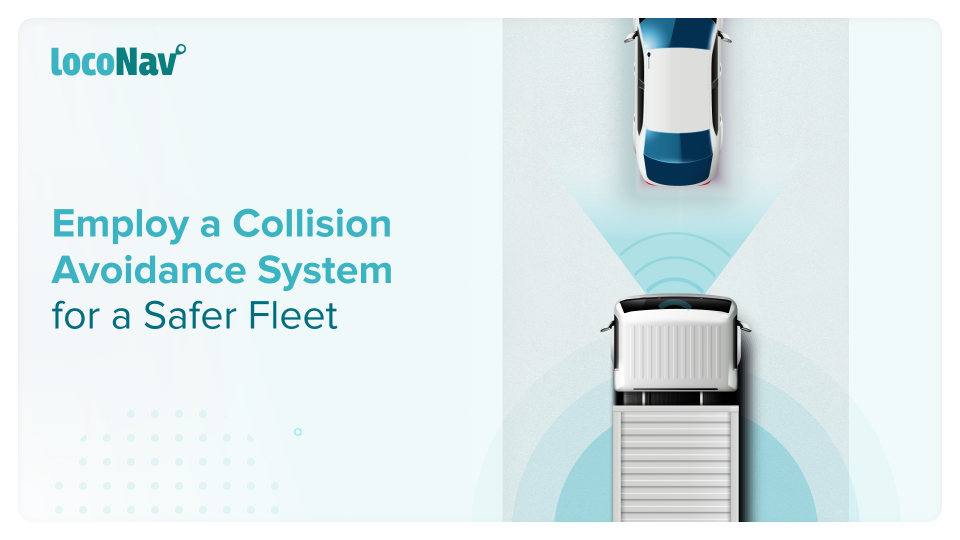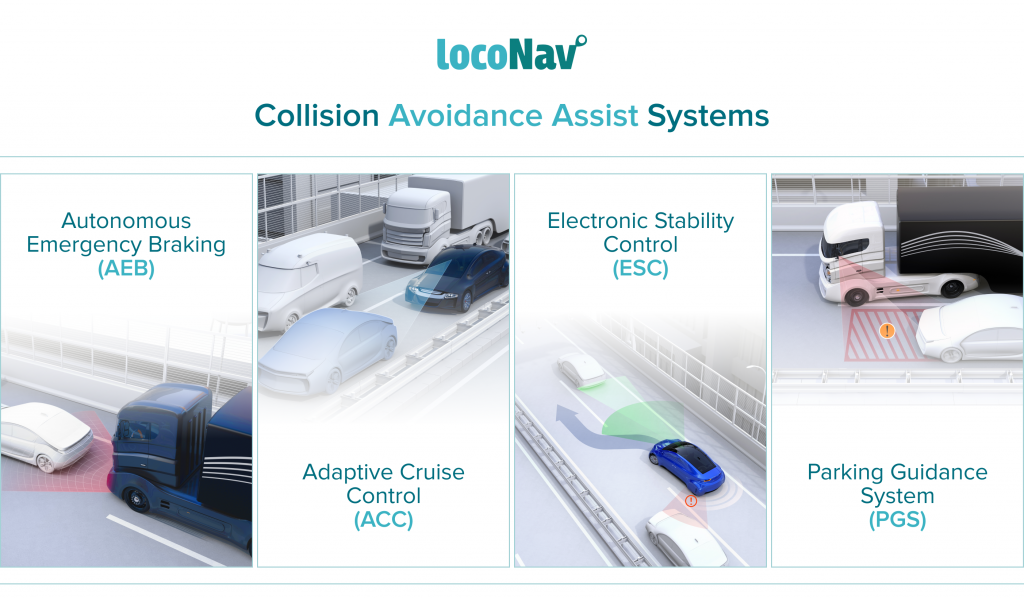

Driving is far more complicated than we realize when we get behind the steering wheel every day. But chances are you’ve had a moment—a car abruptly braking in front of you, an animal rushing onto the street, a diversion that diverts your attention—when you find yourself at risk of a collision. What is your reaction? Can you react quickly enough? Is it true that some accidents are unavoidable?
What is a vehicle collision avoidance system?
A collision avoidance system (CAS), also called a pre-collision technology, forward-collision warning system, or collision mitigation system is a sophisticated driver-assistance system that is designed to prevent or mitigate the severity of a collision. A forward-collision warning system, in its most basic form, analyzes a vehicle’s speed, the vehicle speed in front of it, and the space between the vehicles so that it can warn the driver if the cars get too close, potentially preventing a crash.
How does the collision avoidance system work?
Collision warning system sensors regularly review the route and transmit messages to the sensor. The sensor will analyze the data and send it to the system. From here, the system’s operation is divided into two parts: warning merely and direct control. After completing all of the car crash testings safely, the sensors are installed in new vehicles.
What are the various types of collision avoidance systems?
Fleets can improve safety by employing a range of collision avoidance devices. Popular systems are as follows:
Types of collision avoidance assist systems
- Automatic braking system (AEB): An AEB is a technology that activates the vehicle’s braking system automatically when it detects an impending obstacle. Certain AEB systems will just apply a fraction of the braking power to give the driver more time to intervene, whereas other technologies will apply the brakes until the car comes to a complete stop.
- Adaptive cruise control (ACC): is a technology that assists automobiles in maintaining a safe following distance while staying within the speed limit. This device automatically changes a vehicle’s speed so that drivers do not have to.
- Electronic Stability Control: When it detects a sudden loss of control, such as traveling too rapidly around a corner, ESC automatically assists in stabilizing your vehicle. It is turned on when you start your automobile and will trigger if it thinks you are losing control.
- Park Assist is an automatic parking aid that assists drivers in parking more precisely by utilizing guidance system technology that outperforms ultrasonic and other camera-based alternatives with superior, advanced technology. In many ways, the parking guidance system (PGS) is customer-focused. It not only gets parkers to open spaces, but it also upgrades every stage of the driving experience with automated processes that guide drivers with trust.
Types of collision avoidance alert systems

- FCW (forward collision warning system): An FCW system is a cutting-edge safety device that monitors the speed of a vehicle, the speed of the vehicle ahead of it, and the distance between the cars. If a vehicle gets too near to another due to the speed of the back car, the FCW system will notify the driver of an impending collision.
- Lane departure warning system: This sort of collision avoidance software is designed to inform drivers if their car begins to drift out of its lane, and it can be especially beneficial for real-time blind spot recognition.
- Pedestrian detection system: Cyclists and pedestrians are among the most susceptible targets for automobiles, accounting for approximately a quarter of all road fatalities. A pedestrian detection system employs sensors to detect human movement on the road, such as cyclists or jaywalkers, to assist drivers in detecting a moving object before it is too late.
- Blind Spot Warning: When a vehicle in an adjacent lane approaches the back of the car – a common blind spot location – the system alerts the driver with an indication. In this case, if the driver uses the turn signal, the system informs the driver with a chime and constantly glows the indicator light to help the driver avoid a collision.
How collision avoidance is benefitting the B2B industry?
- Collision avoidance systems can be an excellent method to keep your fleets safe while also serving as a helpful tool for training drivers on safety best practices.
- These monitoring systems can warn drivers of a problem before it’s too late since they use sensor technology to detect oncoming crashes.
- Furthermore, collision avoidance systems can assist minimize the number of expensive safety-related events that occur across your fleet, which can have a substantial impact on your bottom line.
FAQ
Do all new cars have collision avoidance?
Although most new cars have a collision avoidance system much like airbags and anti-lock braking systems, few cars still do not come equipped with a collision avoidance system.
What are collision sensors?
A collision sensor is an electrical safety sensor that monitors an impact via vibrations. Impact sensors are another name for collision sensors. Collision sensors are utilized in a variety of industries, particularly manufacturing and utilities.
What are the disadvantages of collision avoidance systems?
- When you drive a car that warns you about blind spots and cross-traffic, you’re using a radar within the vehicle. Small receivers the size of a smartphone are put on the sides of your car.
- Although collision detectors are intended to help you drive, they may cause you to become distracted and create an additional hazard on your trip.
- The sun’s rays can briefly blind these sensors, leaving your whole collision system inoperable. When this occurs, the entire system is shut off.
Which is the limitation of the collision avoidance system by steering?
In manual steering systems, slow speeds require a lot of work to turn the wheels, which might be exhausting if you’re driving on a route with turns, such as a hill. For manual steering systems, collision avoidance technologies are ineffective.
The steering-based collision avoidance system has some drawbacks, including over-reliance on lane markings, sensor limits, and driver-system interaction.
How effective is the collision avoidance system?
This technology has resulted in an 11% reduction in sideswipe and head-on collisions, as well as a 21% reduction in injuries in those collisions.